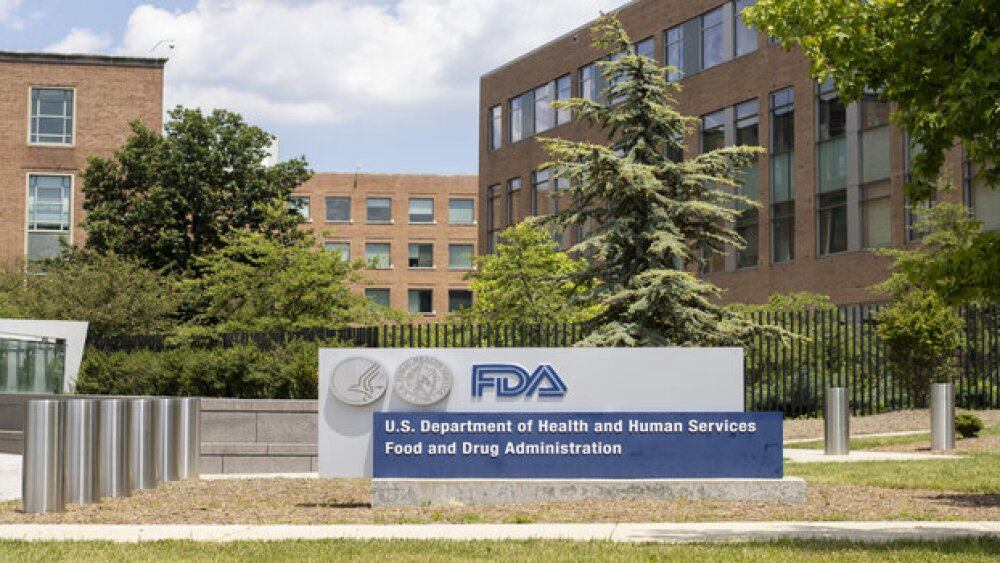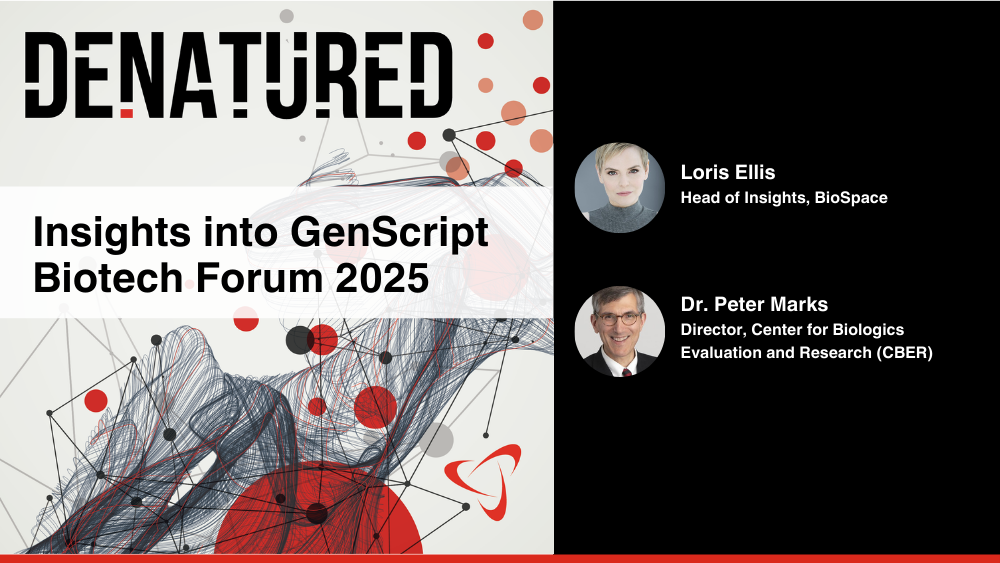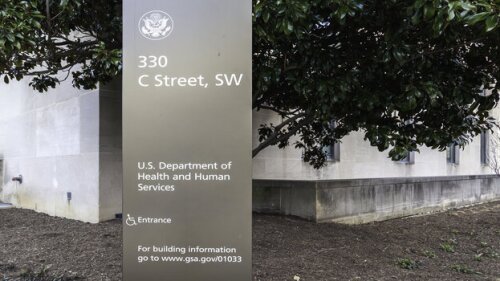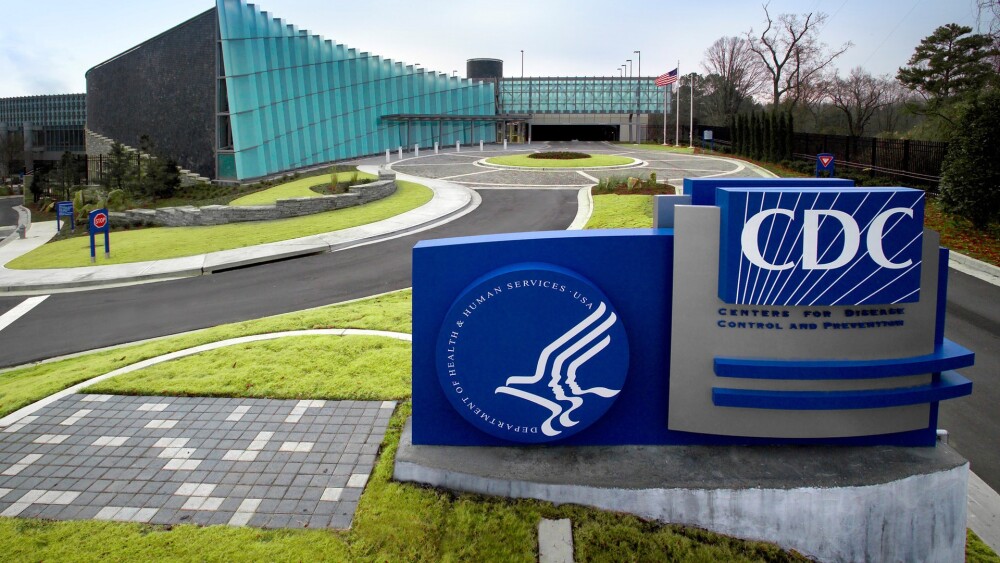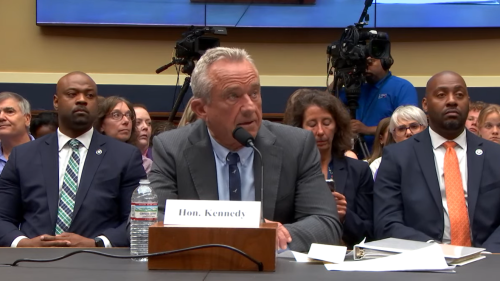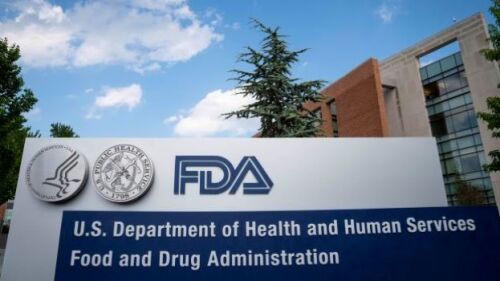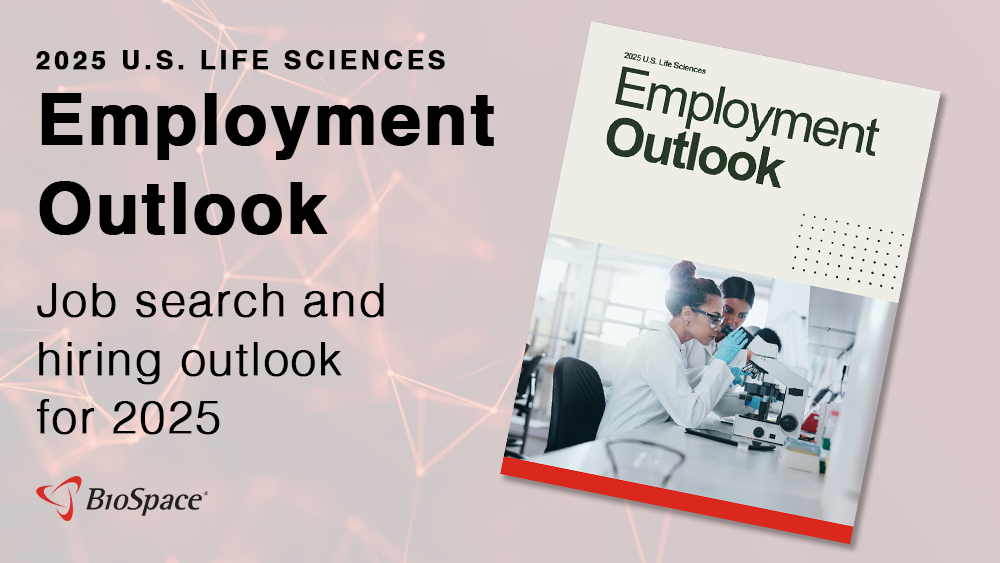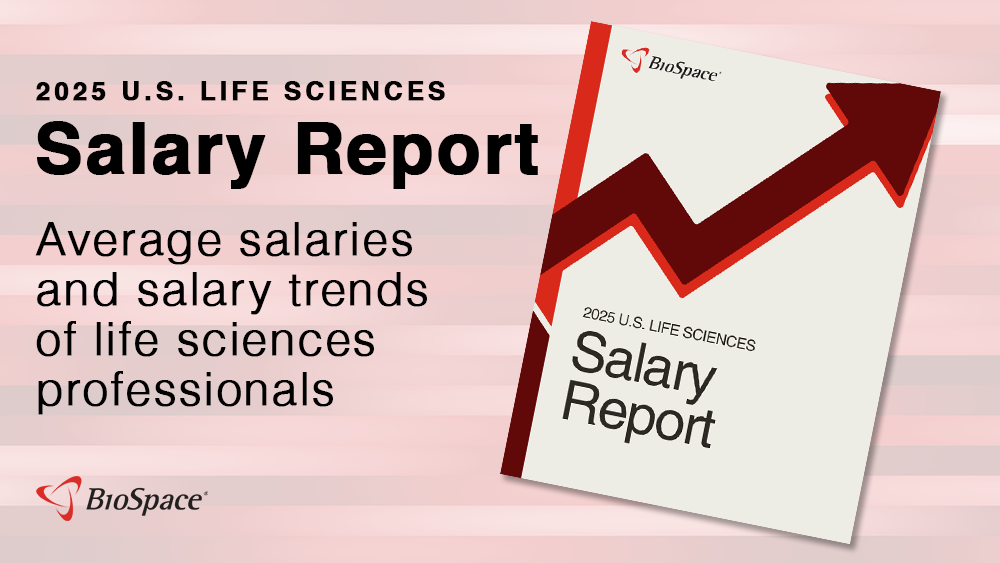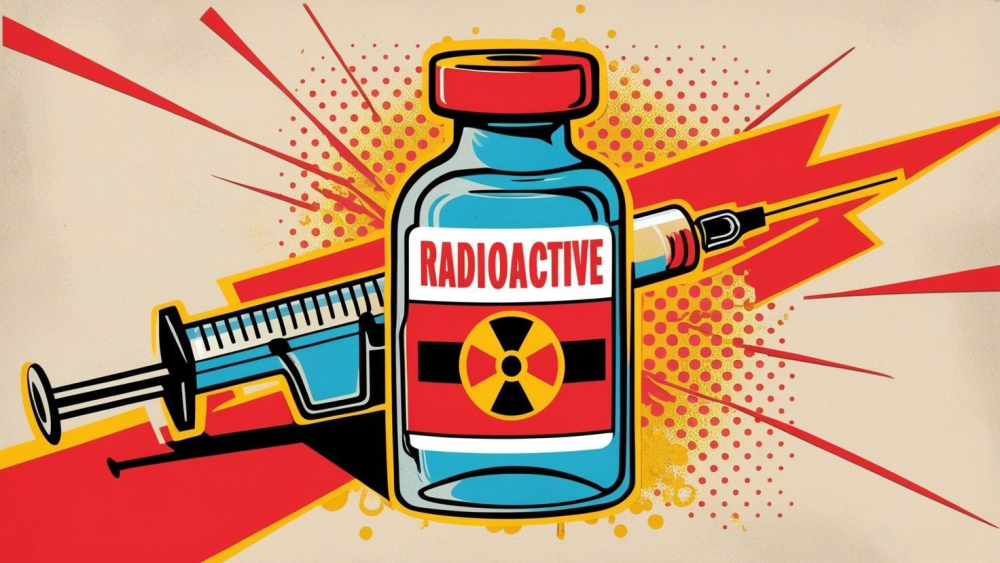The agreement will also secure a $150 price for future weight loss pills from Novo Nordisk and Eli Lilly—at least initially.
The company reported $200 million in net losses for the third quarter, but an aggressive and highly successful cost-cutting campaign is helping to stem the downward trend.
The highest dose of Eli Lilly’s eloralintide led to 20.1% weight loss after 48 weeks in a Phase II trial, exceeding analyst expectations and highlighting a “potentially best in class profile,” according to BMO Capital Markets.
In this episode presented by PII, BioSpace’s head of insights discusses how to relieve clinical trial patients of technological burden to improve compliance with guests Oliver Eden and Travis Webb.
In an investor call Thursday, AstraZeneca CEO Pascal Soriot outlined his company’s approach to obesity drug development based on “the medical aspect” of weight loss, including driving down visceral fat.
The search continues for a new leader for the FDA’s Center for Drug Evaluation and Research after George Tidmarsh resigned on Sunday. Deputy Director Mike Davis is in the running, along with Mary Thanh Hai, currently head of the Office of New Drugs.
FEATURED STORIES
Seven biotech unicorns are advancing AI-powered drug discovery and development—but must contend with a difficult investing environment where competition is steep and the usual roads to exit are uncertain.
More than thirty years since its 1993 founding, Catherine Owen Adams and Elizabeth Thompson—the R&D combo that has led Acadia since last year—are managing two products on the market and a pipeline estimated to be worth an additional $12 billion in sales.
New data and analyses presented at the American Diabetes Association’s annual meeting highlight the priorities for the next generation of weight loss medicines: muscle preservation, limited side effects and novel targets.
The FDA has several big-ticket decisions lined up to close out July, including applications in lymphoma, rare diseases and a hormone deficiency, while GSK dares to DREAMM again in multiple myeloma.
Market reaction to recent readouts from Compass Pathways and Beckley Psytech/atai in treatment-resistant depression speaks to the hurdles psychedelic therapies must clear to quell concerns about commercial viability.
Only with the adoption of digital imaging and AI-powered analysis will next-generation precision oncology therapies reach their full potential and ensure no eligible patient is overlooked.
LATEST PODCASTS
In this episode of Denatured, BioSpace’s Head of Insights Lori Ellis talks to Dr. Peter Marks, Director, CBER about his thoughts on the future of cell and gene therapies.
J&J, GSK, Eli Lilly and others struck high-value transactions in the early days of biopharma’s annual kickoff conference. Meanwhile, Biogen proposes to acquire struggling neuro partner Sage, and obesity dominates discussions as Pfizer goes “all in.”
In this short teaser, BioSpace’s Head of Insights Lori Ellis talks to CBER Director Peter Marks and Tom Whitehead, Co-Founder of the Emily Whitehead Foundation about anticipated discussions at the upcoming GenScript Biotech Forum.
Job Trends
Abbott (NYSE: ABT) today announced U.S. Food and Drug Administration (FDA) clearance for two new over-the-counter continuous glucose monitoring (CGM) systems – Lingo™ and Libre Rio™, which are based on Abbott’s world-leading FreeStyle Libre® continuous glucose monitoring technology1, now used by about 6 million people globally2.
Subscribe to GenePool
Subscribe to BioSpace’s flagship publication including top headlines, special editions and life sciences’ most important breaking news
SPECIAL EDITIONS
In this deep dive, BioSpace investigates China’s rise as a biotech powerhouse.
In this deep dive, BioSpace explores the next big thing in obesity.
BioSpace did a deep dive into biopharma female executives who navigated difficult markets to lead their companies to high-value exits.
DEALS
-
A cautionary tale illustrates how forging a deal with a Big Pharma can have unexpected and far-reaching tax consequences.
-
Back in 2023, Novo Nordisk committed up to $1.3 billion for a hypertension and kidney disease drug from KBP Biosciences. Now, the pharma giant claims to have been misled by the biotech’s founder—and a judge seems to agree.
-
The pharma giant inked its third T cell engager deal of 2025 Wednesday—this time with Xilio Therapeutics for tumor-activated immunotherapies.
-
Just a few months after Vir Biotechnology lost an emergency authorization for its COVID-19 antibody, Marianne de Backer stepped in as CEO to answer a critical question: What’s next?
-
Faced with the encroaching threats of patent expirations and generics, biopharma companies in 2024 invested 33% more in licensing deals, on average, than in 2023 with an eye toward enriching their pipelines with novel and potentially more effective therapies.
WEIGHT LOSS
-
Pfizer’s discontinuation of danuglipron brings the company down to a single molecule in its obesity pipeline.
-
A consumer-driven weight loss market could put pharma at greater risk if a recession hits; the continued turmoil at FDA and other HHS agencies magnifies the uncertainty facing the industry; Lilly files a lawsuit against a med spa selling its drugs; and more.
-
Wegovy and Zepbound are just the latest drug dyads to face-off in the competitive pharma market, continuing a legacy of rivalry that includes blockbuster drugs Keytruda, Humira and Eliquis.
-
Long considered resistant to economic downturns, the pharmaceutical industry may face a greater challenge this time around as GLP-1s dominate and the population grows older.
-
Last week, The Trump administration reversed a Biden-era proposal for Medicare coverage of anti-obesity treatments. But on Monday, HHS suggested it is open to future policy considerations toward this end.
POLICY
-
The newly appointed members of the CDC’s influential vaccine committee meet Wednesday and Thursday under an unusually rapid timeline, with unexpected topics on the agenda.
-
With much to cover, Democrats tackled Kennedy’s MAHA report; the firing of all members of the CDC’s ACIP committee; and much more. Little was accomplished, as Kennedy demurred and members of Congress accused him of risking American lives.
-
Drug pricing, budget cuts, tariffs and other shifts under the Trump administration undermine the biopharma and healthcare ecosystem.
-
Speaking at BIO2025, rare disease leaders from Ultragenyx, Amylyx and Yale questioned the need for the new regulatory pathway proposed by FDA Commissioner Marty Makary. They acknowledged, however, that creative thinking is required to enable more treatments for patients with ultrarare diseases.
-
The Inflation Reduction Act includes an exemption for orphan drugs for a single indication, but experts say this is far from sufficient to maintain momentum in the rare disease space.
Becoming a chemist in the biopharma industry takes hard work, dedication and a willingness to continuously learn. Here’s what you need to know to become a biochemist.
As automation ramps up in the coming years, many jobs will be lost to machines. Here are a few life science sectors that are expected to maintain steady growth in the coming years.
Landing your first internship can be a major milestone in your career journey. Here’s what you can do to set yourself up for success and make the most of your life science internship.
The best thing a professional can do when considering a position at the FDA is weigh the pros and cons. To help, we’ve created a guide to working at the FDA, with benefits, challenges and tips.
The life science field offers a wealth of opportunities, even for those working outside of the field. Here are six life science jobs that don’t require industry experience.
With so many differences in research and regulation, it’s more important now than ever for job seekers considering moving outside of the U.S. to educate themselves before they make the leap.
HOTBEDS
REPORTS
In this Employment Outlook report, BioSpace explores current workforce sentiment, job activity trends and the prospective job and hiring outlook for 2025, particularly as it compares to the previous year.
BioSpace’s third report on diversity, equity, inclusion and belonging in life sciences examines dramatic shifts in attitude around diversity initiatives.
CANCER
-
At the intersection of radiation and precision, Novartis, Bayer, AstraZeneca and more hope to cash in on a radiopharmaceuticals market that could top $16 billion by 2033.
-
After losing its powerhouse partner, IGM Biosciences closed “most” of its labs and offices and initiated a strategic review of potential strategic alternatives and options for the business.
-
The cell engineering company, co-founded by oncologist and writer Siddhartha Mukherjee, does not see a path forward for its pipeline of early-stage cell therapies for two different types of cancer.
-
The Massachusetts biotech will focus its efforts and resources into cemsidomide, an oral drug candidate being trialed for multiple myeloma and non-Hodgkin lymphoma.
-
Keytruda is set to lose exclusivity in 2028, meaning Summit may face competition from cheaper biosimilars. Meanwhile, other branded drugmakers are also seeking to improve on the blockbuster checkpoint inhibitor.
NEUROSCIENCE
-
Cobenfy’s late-stage flop is BMS’ second high-profile failure in as many weeks. The pharma announced last week that Camzyos was unable to improve disease burden in non-obstructive hypertrophic cardiomyopathy.
-
FDA Commissioner Marty Makary talks about his plans to revamp drug development and reduce ‘conflicts of interest’ between the agency and pharma industry; Roche and Regeneron jump on the U.S. manufacturing train as Trump’s tariffs loom; and Eli Lilly scores a big win for orforglipron while Novo Nordisk reveals it has applied for FDA approval of its oral semaglutide.
-
The Health and Human Services Secretary said that he will find and eliminate the cause of autism by September, an idea that suggests how little he knows about the condition.
-
Jefferies analysts predict Annexon’s tanruprubart could be approved by mid-2026.
-
Jazz is being accused of anti-competitive practices regarding its narcolepsy drug, as generic competitors emerge on the market.
CELL AND GENE THERAPY
-
The gene therapy world is in turmoil, but Arbor, armed with more than $1 billion in partnerships and raises, is going forward.
-
AstraZeneca has recently been investing heavily in the cell therapy space, including two acquisitions for TeneoTwo and Gracell Biotechnologies.
-
Dyne is eyeing an accelerated approval filing for DYNE-251 in early 2026 that would pit the asset against Sarepta’s Exondys 51 in a patient population amenable to exon 51 skipping.
-
Having established success in cancer, biopharma is now looking to leverage CAR T therapies against a new target, autoimmune disorders, with several early- to mid-stage readouts expected this year.
-
Johnson & Johnson and Legend Biotech hope to hit blockbuster status for Carvykti this year.













